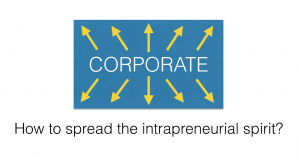
Are you trying to make your business more entrepreneurial? This might mean translate into trying to become more agile, more innovative and/or more experimental? Many companies over the last few years have embarked on “programs” to render themselves fleeter, leaner and more innovative. The ideal is to have the entrepreneurial spirit spread throughout the organization as if by fairy dust. The new moniker is “intrapreneurial,” where the entrepreneurial flair can flourish within the enterprise. It’s a worthy objective, but these programs are almost all doomed to fail, despite the hefty paychecks paid out to consultancies that promise “transformation.” Reality is that large organizations by their very nature become un-entrepreneurial, especially when the founder leaves. Google has approached it by splitting out its different activities under the Alphabet umbrella, including Google Ventures, Google X and Google Capital. Amazon meanwhile has established a famed “Day 1” approach internally where it’s all about avoiding falling into the lethargy of big business. He explained at a recent shareholder meeting: “Day 2 is stasis. Followed by irrelevance. Followed by excruciating, painful decline. Followed by death,” he said. “And that is why it is always Day 1.” [via USA Today] Despite their burgeoning size, both have so far kept on innovating. But, can traditional big business follow suit and truly instill an intrapreneurial spirit?
Intrapreneurial Spirit – What does it take to act like an entrepreneur?
Entrepreneurs come in many different shapes and sizes. They often share many different characteristics. Rare are those that have them all… But rarer still are the corporate cultures that enjoy or easily assimilate — much less cultivate — such profiles:
- Risk taker
- Open to change
- Embraces failure
- Takes initiative easily
- Not worried about the career path
- Creative
- Not beholden to the past or water under the bridge
- Good at connecting dots and people
- …
So, in the absence of the entire team drinking the intrapreneurial Kool-Aid, bigger companies are resorting to a number of different tactics with the intention to generate faster growth rates. The 4 options that I have seen most frequently (detailed below) engender different results each time. There is no perfect remedy, in large part because it really depends on the people, the matching cultures, processes and motivations… The journey to real change is always imperfect Share on X In short, to speed up a giant’s innovation cycle is a very complex request. For each case, I will identify the main advantage(s) and disadvantage(s).
Option 1: Create An Internal Incubator / Innovation Lab
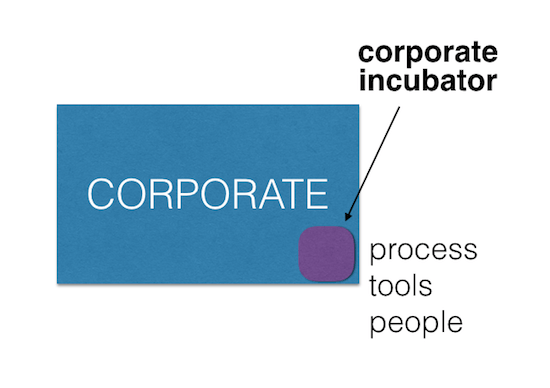
Option 1: Create an internal incubator or innovation lab
In this instance, the company carves out a separate team from within, provides them a space within the same walls and gives them a (or several) special projects. The main advantage is that things remain closely guarded and under control. Theoretically, the “intrapreneurial” spirit will be easier to re-absorb into the larger organization. However, in practice, the quantum shift won’t be there. The main disadvantage is that this group is unlikely to flourish, cramped by the use of the same processes, tools and people that were previously stuck in the large organization. Even if an external person is parachuted in, his/her ability to succeed will be encumbered by the proximity to the big organization.
Option 2: Establish an External Corporate Incubator / Innovation Lab
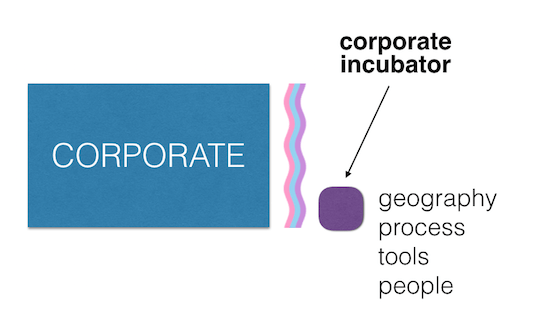
Option 2: Establish an external corporate incubator/lab
The second option is to create an standalone incubator or innovation lab that is distinct in four ways: a distinct office location (and style), different processes and tools and, above all, people who come from without the organization. By taking the incubator out of the confines of the “culture” that has hitherto not encouraged enough innovation, this option presents the best chance of creating a different type of output. However, the disadvantages come to the fore when it comes to re-integrating those initiatives (and people) within the organization.
Option 3: Investing in a Startup
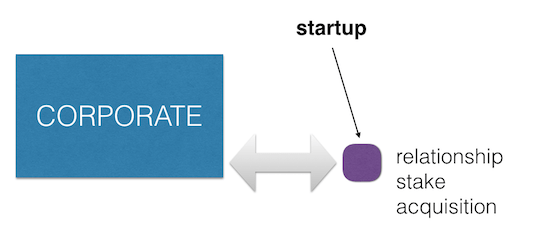
Option 3: Investing in a startup
On the face of it, this is a light touch approach. The only ‘cost’ is the investment. For the startup, the advantages include access to funds, access to an infrastructure (i.e. a sales channel) and a dose of credibility (depending on the corporation). For the enterprise, such a relationship can be the basis of an acquihire (where the startup team is folded into the company). The biggest challenge is usually in constructing a meaningful and enduring relationship without the startup driving the big company bezerk or, more likely, the big company engulfing the startup. The major challenge is figuring out how to integrate the acquisitions back into the main business without losing the intrinsic value.
Option 4: The Independent Incubator/Accelerator
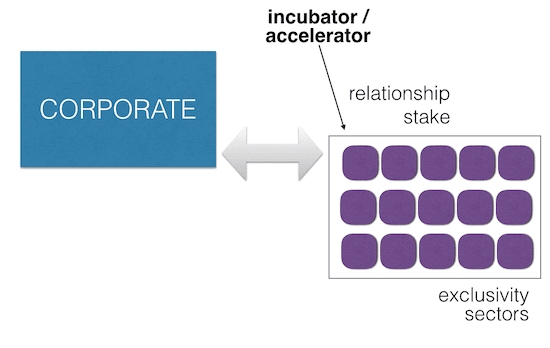
Option 4: The Independent Incubator/Accelerator
This option entails creating a privileged relationship or actively investing in an independent startup incubator or accelerator. The idea for the corporation is to gain access to a stock of different startups and to participate in the seeding/development of the preferred initiatives. The main advantages include having a wider selection. Also, the independent accelerator is better suited to stimulating and growing their seedlings. The key challenge is making sure of aligning the values and ambitions of the accelerator with those of the company. Important questions to be asked include the exclusivity of the relationship between the company and accelerator as well as any specifications in terms of sectors (to promote a certain set of expertises). And, just as in option 3, the issue remains of how to integrate the startup and any entrepreneurial spirit back into the prime business.
The above 4 options are not an exhaustive list, but they represent some of the prevalent ways big businesses are trying to find alternative ways to generate growth and speed up innovation in this fast-paced environment. Without doubt, there have been some successful models, but each company needs to find its own best path. In my mind, there are three critical ingredients for ensuring the best possible outcomes:
- the C-Suite’s engagement and mindset
- the existing culture of the company and its readiness to adapt
- the calibration of expectations.
As Bezos — among others — has said, it’s really not about the processes or software. It's about the mindset, being focused on the customer and getting results. Share on X
Your comments are welcome! Are there any other models that you see gaining traction and/or success?

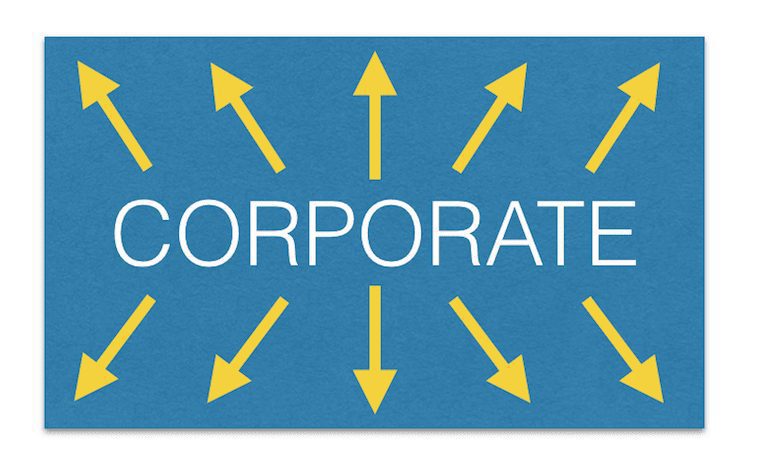










Trackbacks/Pingbacks